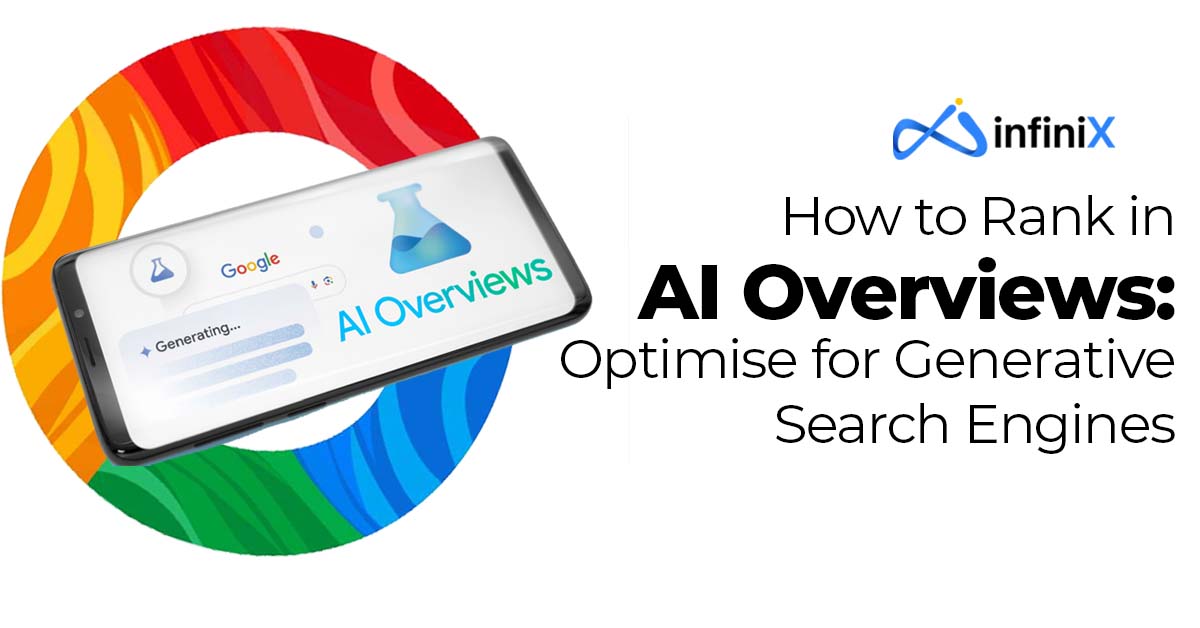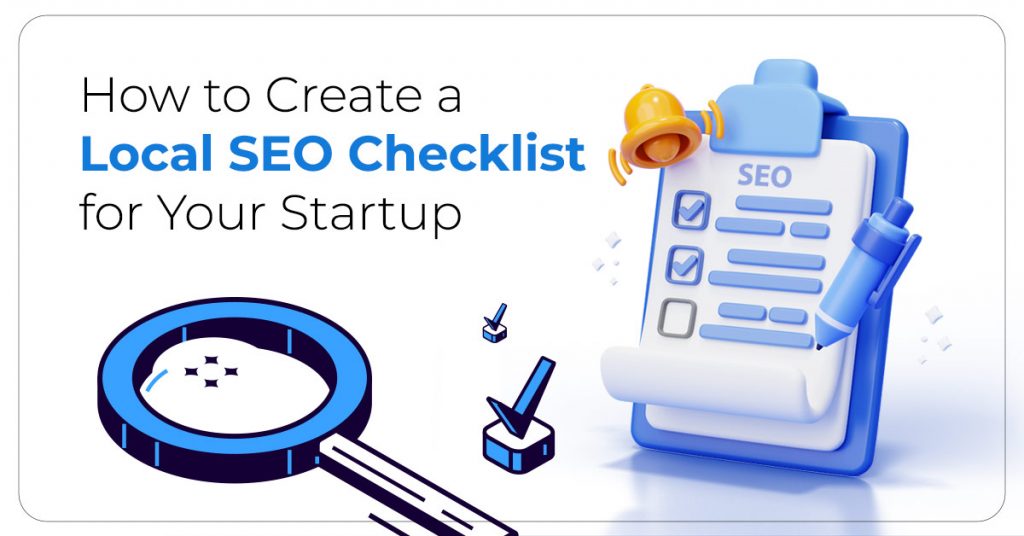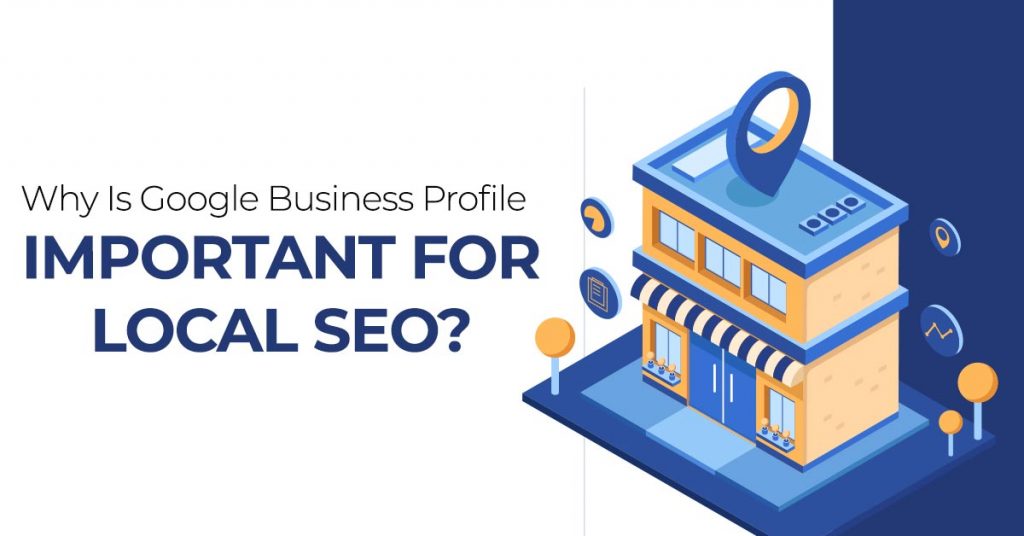Google has started changing how people see information online. It’s new generative AI search pulls short answers from reliable websites and shows them directly on the results page. People now get what they need without clicking through many sites, so it’s become harder to be seen. To show up in the Google Search AI overview, a website needs to load well, answer questions directly, and look trustworthy. In our SEO Company in Melbourne, we work with businesses to keep their visibility stable as Google’s system shifts.
What Is Google Generative AI Search?
Google is changing how it shows information. Earlier, search results were just a list of links. Now, with Google’s generative AI search, people see a short written summary at the top of the page. That summary is built from information collected across several reliable sites.
It’s not guessing or rewriting. The Generative AI model scans multiple pages, compares what’s written, and then presents a single clear explanation. The section you see is called the Google Search AI overview.
To appear there, a site needs more than keywords. It needs clear writing, correct details, and signs of trust. Pages that show real expertise and explain things directly are more likely to be chosen for Google AI search results.
How Generative AI Works?
Google’s Generative AI works by reading through many web pages at once, pulling the most reliable details, and writing a short answer from them. It doesn’t show every site anymore; instead, it gives users a single summary based on what it finds most useful.
The system looks at how clear the page is, how accurate the information sounds, and whether the source can be trusted. It mixes that data to create what appears in the Google Search AI overview. When your page explains a topic in simple, factual language and keeps the layout clean, Google’s AI search results are more likely to include it.
To appear in these sections, your website needs more than just keywords. It should be technically sound, load quickly, and offer information that genuinely helps users. Businesses that invest time to optimise Core Web Vitals and build topical authority are more likely to be chosen by Google’s generative AI search model.
How to Rank in AI Overview?
Appearing in the Google Search AI overview is not about tricks. Google’s system looks for pages that genuinely help people find answers. It assesses the clarity of writing, verifies whether the details align with those of other reliable sites, and determines if the content appears trustworthy.
If you want your page to show up there, start simple. Write as if you’re explaining it to a client, not to an algorithm. Keep one clear idea on each page and make it easy to follow. Use headings that guide the reader, rather than repeating keywords. When the content is useful and easy to read, Google’s generative AI search is more likely to notice it.
Keep the layout simple. A slow site or confusing design sends users away before they even read. Use real sources where needed and update the content when something changes in your industry. When pages are useful, accurate, and easy to read, Google’s generative AI search is more likely to pick them up naturally.
Why Ranking in AI Overviews Matters?
When people search on Google now, they often stop at the summary written by the Generative AI system. It appears above the usual links, which means the sites mentioned in that section get noticed first. If your content is included in the Google Search AI overview, it gives you visibility that regular rankings can’t match.
This placement builds trust. Users see your brand alongside other reliable sources, which increases the chance they’ll visit your site or remember your name later. For small and mid-sized businesses, showing up in Google AI search results can bring consistent organic traffic without relying on paid ads.
Over time, these listings can shape brand credibility the same way top rankings once did. As Google continues improving its generative AI search, appearing in those summaries will become one of the strongest indicators of authority and relevance online.
How to Optimise for Google’s Generative AI Search?
If you want your website to appear in Google’s generative AI search, focus on being genuinely useful. The AI pulls sections from pages that answer a question clearly and show real expertise.
Keep the technical setup clean. A site that opens fast and works smoothly on mobile gives you an edge. Update pages that have old data or unclear explanations as the AI model prefers current and reliable content.
When you write, keep it real. Explain the point straight away and cut anything that doesn’t add value. Use headings only when they help a reader move through the page. If you mention data, link to the original source instead of rewriting it. That’s what makes a page sound trustworthy.
Sites that stay current and easy to read tend to show up more often in Google’s generative AI search. It’s not about clever tricks or heavy keywords. It’s about keeping the content sharp, honest, and useful.
Technical Steps to Support Generative AI Visibility
Before worrying about rankings, make sure the site runs properly. A slow site or messy layout makes people leave and gives Google nothing useful to read. Test how long the homepage takes to open. If it feels slow, shrink your images or remove anything extra that doesn’t help.
Keep the layout simple. Each page should connect to the next one in a way that makes sense. When you add a new page, update the sitemap so Google can find it.
Use HTTPS, check Search Console for errors, and fix them as they come up. It’s the routine work that keeps a site ready for Google’s generative AI search to notice.
Common Mistakes When Optimising for AI Search
A lot of teams treat Google generative AI search the same way they handled old-style SEO, and that’s where problems begin. Repeating keywords or rewording the same paragraph doesn’t help anymore. Google’s systems now look for pages that offer new insight, not recycled information.
Some forget about structured data altogether. Without a schema, your content becomes harder for Google to read, which limits how often it appears in Google AI search results or inside the Google Search AI overview.
The final mistake is letting content sit untouched. Generative systems track freshness and accuracy, so if your details are outdated, visibility slips fast. Keeping content current and written for people, not machines, is what makes Generative AI respond positively to your pages.
Conclusion
Search technology is evolving quickly, and with the introduction of Google’s generative AI, understanding the new rules of ranking has become more complicated. The focus is no longer on chasing keywords but on clear explanation and building trust. If your content assists understanding of a specific issue, it will perform better in Google AI search results.
At Infinix360, we focus on the long-term strategy of building trust because it builds credibility. With our SEO Service in Sydney, we help businesses adapt to Google’s slow evolution and maintain visibility. The industry has moved away from the idea of quick wins and is focused more on consistency, usefulness, and understanding the real thing. This is real optimisation.




